Voigtländer Nokton Classic 35mm F1.4 Review
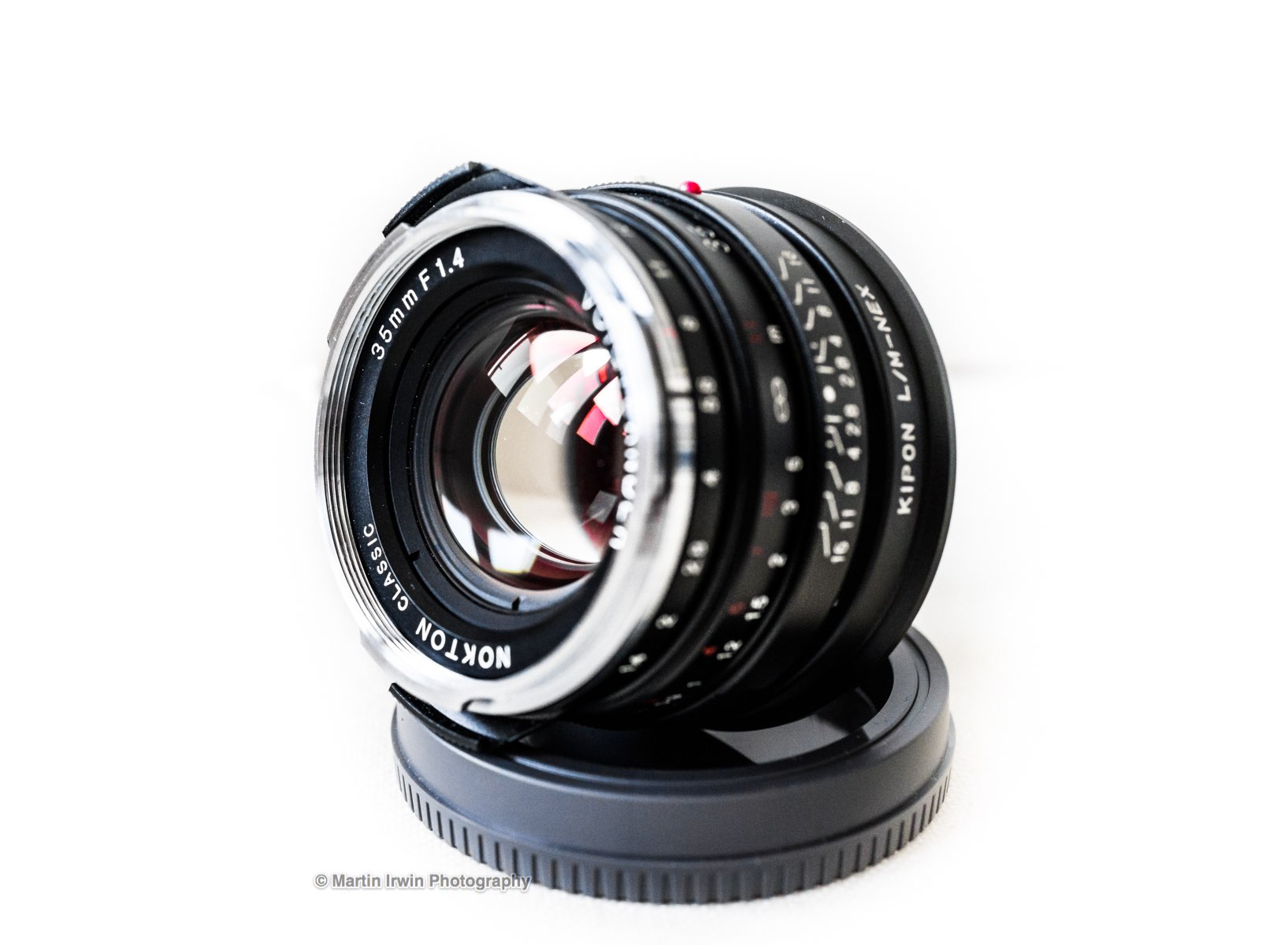 I do not own any test charts, and will be giving my subjective commentary on the usage of this lens, which I have owned and enjoyed using for over 3 years. This text and images below make up more of a “user report” than a strict review. Sit back with a beverage of your choosing and enjoy!
I do not own any test charts, and will be giving my subjective commentary on the usage of this lens, which I have owned and enjoyed using for over 3 years. This text and images below make up more of a “user report” than a strict review. Sit back with a beverage of your choosing and enjoy!
I’ll break this user report into the following sections, which you can skip to by clicking below:
- Build and Ergonomics
- Bokeh
- Sharpness
- On APS-C
- On Full-Frame
- Compared to FE 35mm F2.8
- Compared to RX1
- With close focus adaptor
- Conclusions
Build and Ergonomics
This lens was actually the first manual-only lens I ever bought. I bought it brand new in Tokyo in 2011, and they’re still being manufactured, so I will refrain from refering to the lens as a legacy lens, but many people label it as such. The lens was released in 2008, designed for the Leica M-mount rangefinder platform (dating back to 1954 with the cult-classic Leica M3). Having a fully manual lens really makes one appreciate what is involved in the full process of image capture. The lens is an all metal and glass affair, and is rather tiny to boot. It feels very well made, due in part to its density. It weighs in at 198 g, and balances very well on a mirrorless camera. It takes 43 mm filters, but I don’t bother. Apparently, a circular polariser on 35mm and wider can result in some odd sky colour-casts, but I don’t really notice this on my RX1 with its CP-filter. There are two reasons I don’t use a filter on this lens: 1) I don’t want to reduce image quality by the addition of more glass, 2) I purchased the not-inexpensive LH-6 Lens Hood. I recommend the use of the hood with this lens—it improves contrast and reduces flare (have a look through this post to see examples where I’ve removed the hood for effect… you’ll easily find them!). On the point of contrast, there are two versions of this lens. A single-coated (SC) version, and a multi-coated (MC) one. Their only difference is in their coatings, and they are otherwise optically identical. The SC is often recommended to use for black and white photography, and the MC for colour photography. I bought the MC for use with colour digital cameras—my reasoning was that I can remove colour in post far more easily than add it.
Continuing with the build and ergonomics, in terms of usage, it’s generally a pleasure. The 10-bladed aperture clicks smoothly from f/16 to f/1.4 in half-stops. The lens makes perfect 10-pointed sunstars on brilliant points of light. The focussing mechanism of the lens is operated via a metal thumb-tab, which takes some getting used to at first. I find it most free-moving when using my index finger rather than my thumb.
Bokeh
I’ve noticed two striking features of this lens, and whether you like them or not is pretty much down to personal opinion. Firstly, out of focus areas can have a swirl, or busyness to them. This gives images taken with this lens more of a classic, rather than clinical, look (the lens does have classic in its name, after all). When I look through my image catalogue, I always know if I’ve used this lens from the image thumbnails. They stand out. The effect is probably most noticeable with foliage due to the many points of light between leaves. There’s field-curvature, which means that if you focus on something 2 m away, only the central region 2 m away is in focus—the edges of the image will not be in focus. This is less pronounced when stopping the aperture down to say f/8, but still means that this lens is not my lens of choice for landscape or architecture, though it does have other pleasing qualities (colour, microcontrast) which I feel offset this issue somewhat. The bokeh isn’t perfectly smooth, but definitely has oodles of character. And character is something of an objective quality. Judge for yourself if you like it.
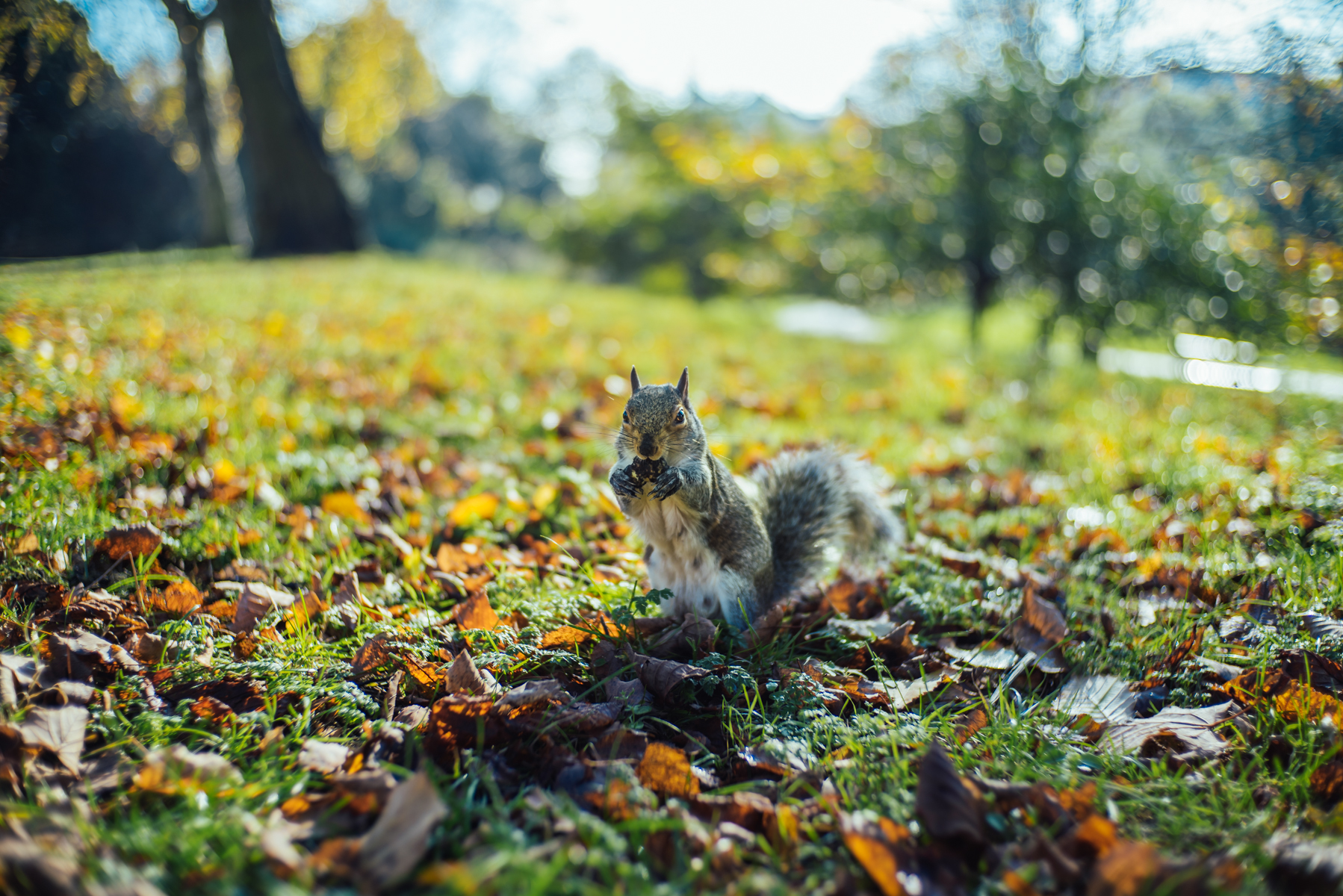


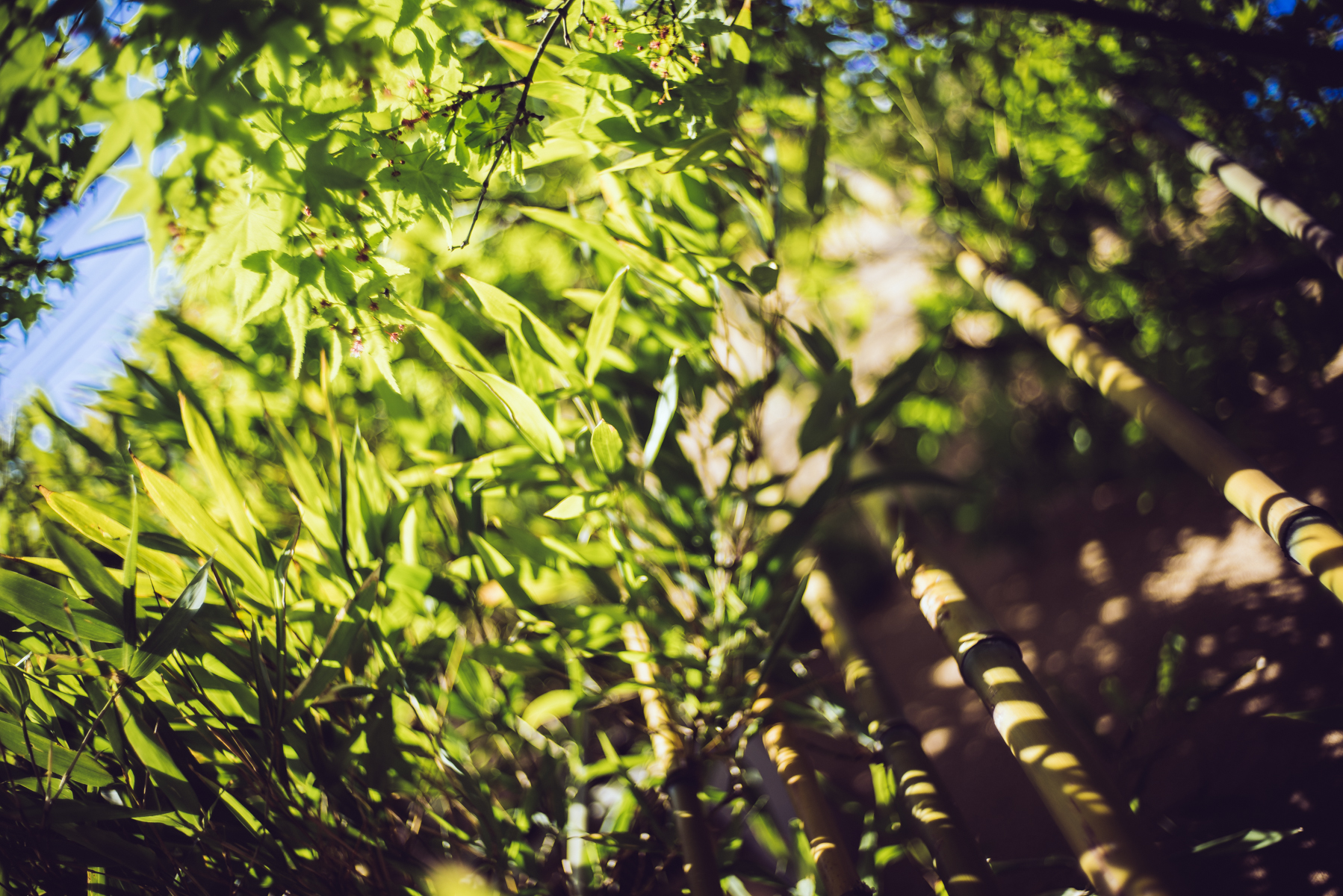
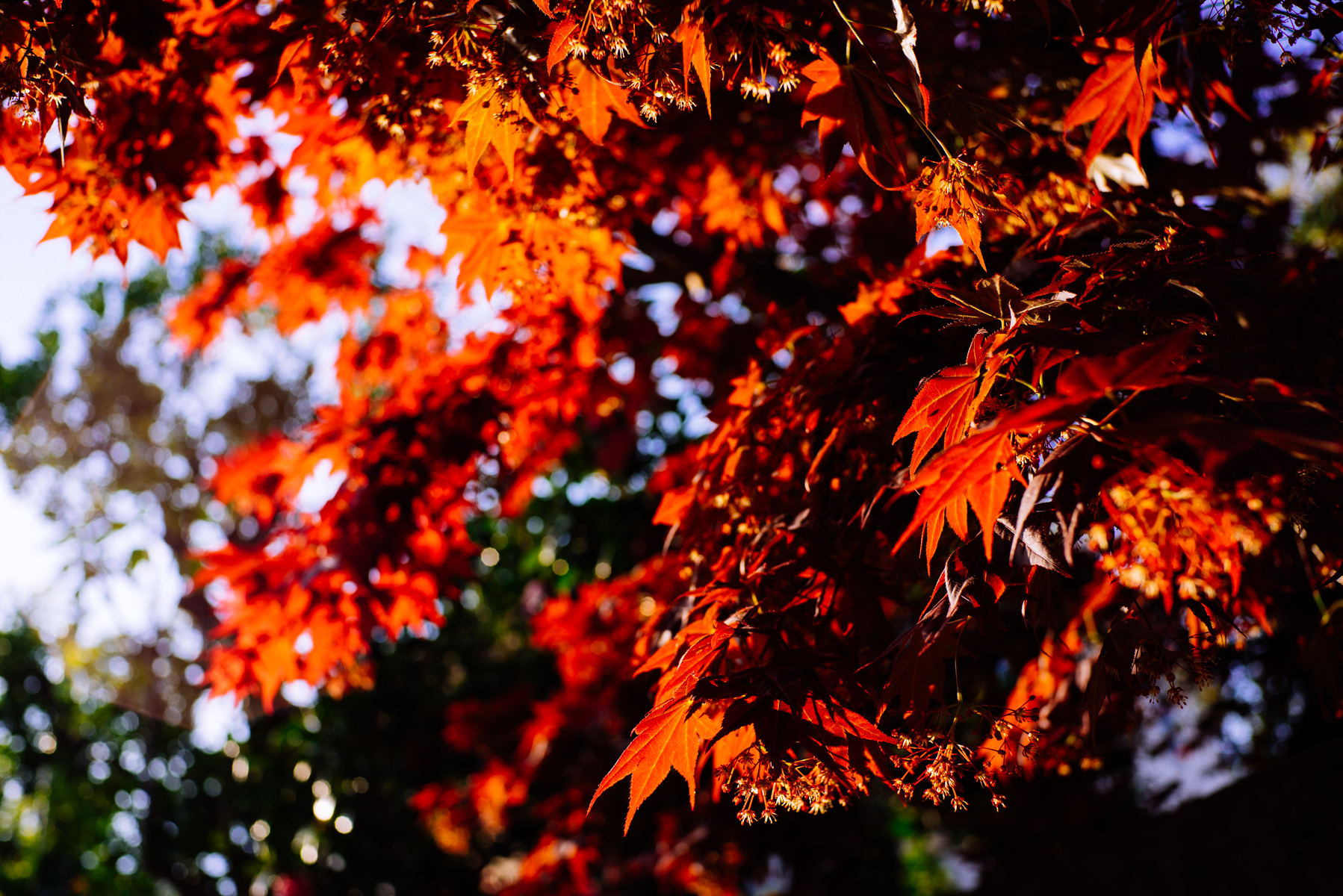
Secondly, this lens generates vignetting wide-open on full-frame. Many people will add vignette in post-processing, so it could actually save you a step. It’s generally OK for portraits, and can often enhance an image. It’s not a big deal for me, but is worth mentioning.

Sharpness
A sharp image is not necessarily a good image. In fact, most of my favourite photographs are technically imperfect, but it’s that imperfection which makes the world interesting. Imagine if all lenses gave the same output! It would be world in which I saved a significant chunk of money, but wouldn’t it be boring?! There is something satisfying about having a very sharp photograph, jam packed with of detail. One quickly realises that absolute sharpness is not necessarily the most flattering aspect of a lens, for example in portrait photography. It’s not always desirable to have perfect sharpness, as no-one’s face is perfect. You either end up showing them a photo which contains more blemishes and wrinkles than is visible with the naked eye, or end up taking some of this sharpness away by editing it all out again.



This lens is fairly sharp. Sharp wide open in the centre, and very sharp when stopped-down to f/11. I don’t tend to use the lens for landscape very often, but when I do, I really like the results. In short, I don’t think that sharpness will define whether you get this lens or not, it’ll boil down to other qualities (such as bokeh and ergonomics).

On APS-C

I bought this lens to use with my NEX-C3 APS-C digital camera. I subsequently enjoyed using the lens on my NEX-7 (also with APS-C sensor). Due to the APS-C sensor only filling a fraction of the image circle, the 35 mm lens gave an angle of view akin to a ~50mm lens on the Canon 5DmkII I’d always dreamed of owning. The fast f/1.4 aperture meant that I enjoyed using the lens at night, and also to give subjects more isolation due to the narrow depth of field.

One limiting factor I found, almost immediately, was that the lens (as with almost all ranger-finder lenses) has a minimum focussing distance (MFD) of just 0.7 m. It doesn’t sound far, it’s another reason I couldn’t recommend this lens as a general walk-around lens, as many would find it too frustrating. After purchasing the amazing Sony Zeiss 24/1,8, I almost stopped using the little Voigtlander. I much preferred the wider field of view generated by the lens of shorter focal length. I also preferred its much closer ~20 cm MFD.

On NEX-7, packed inside my Billingham Hadley Pro (click photo for review)
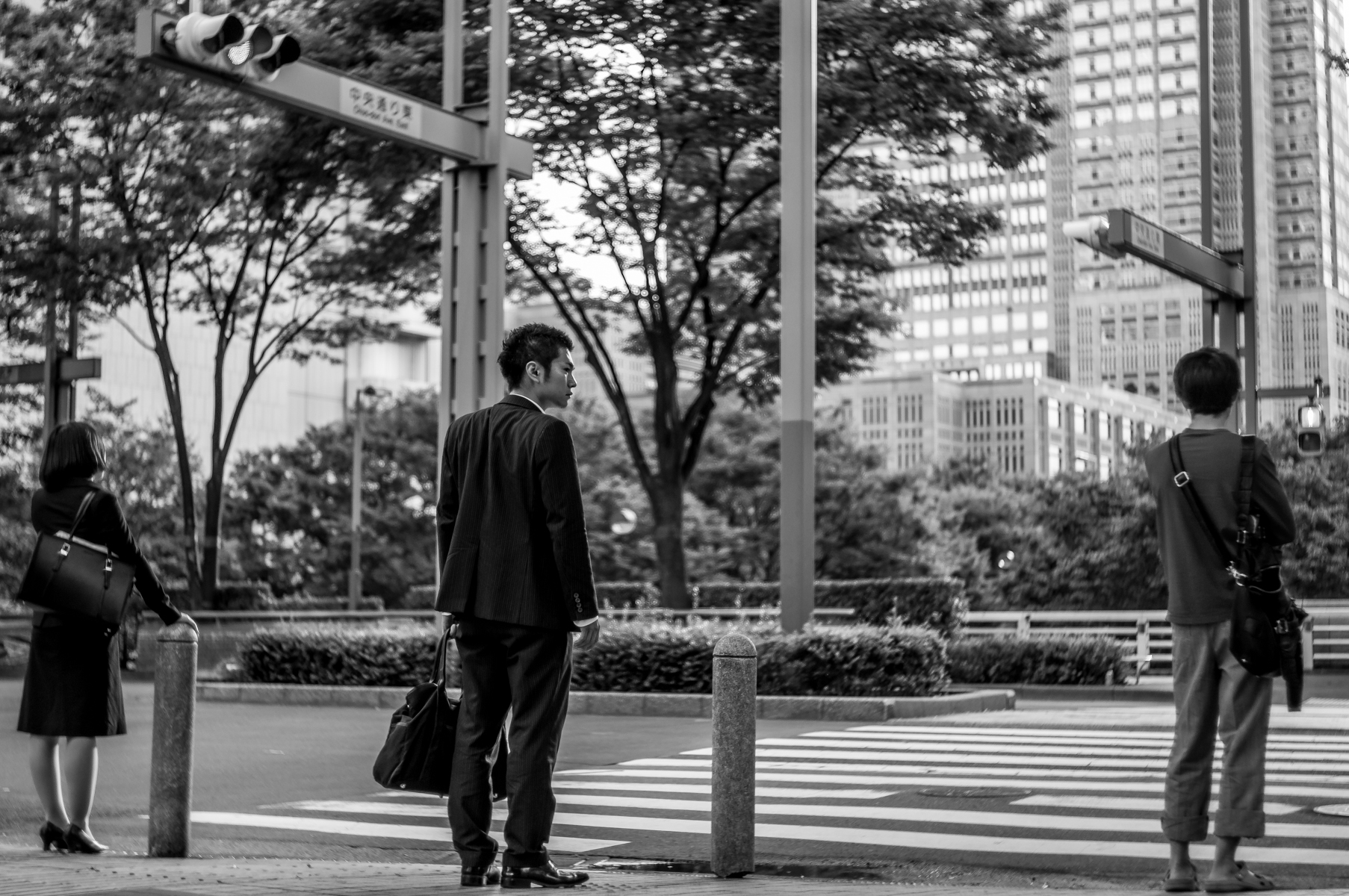
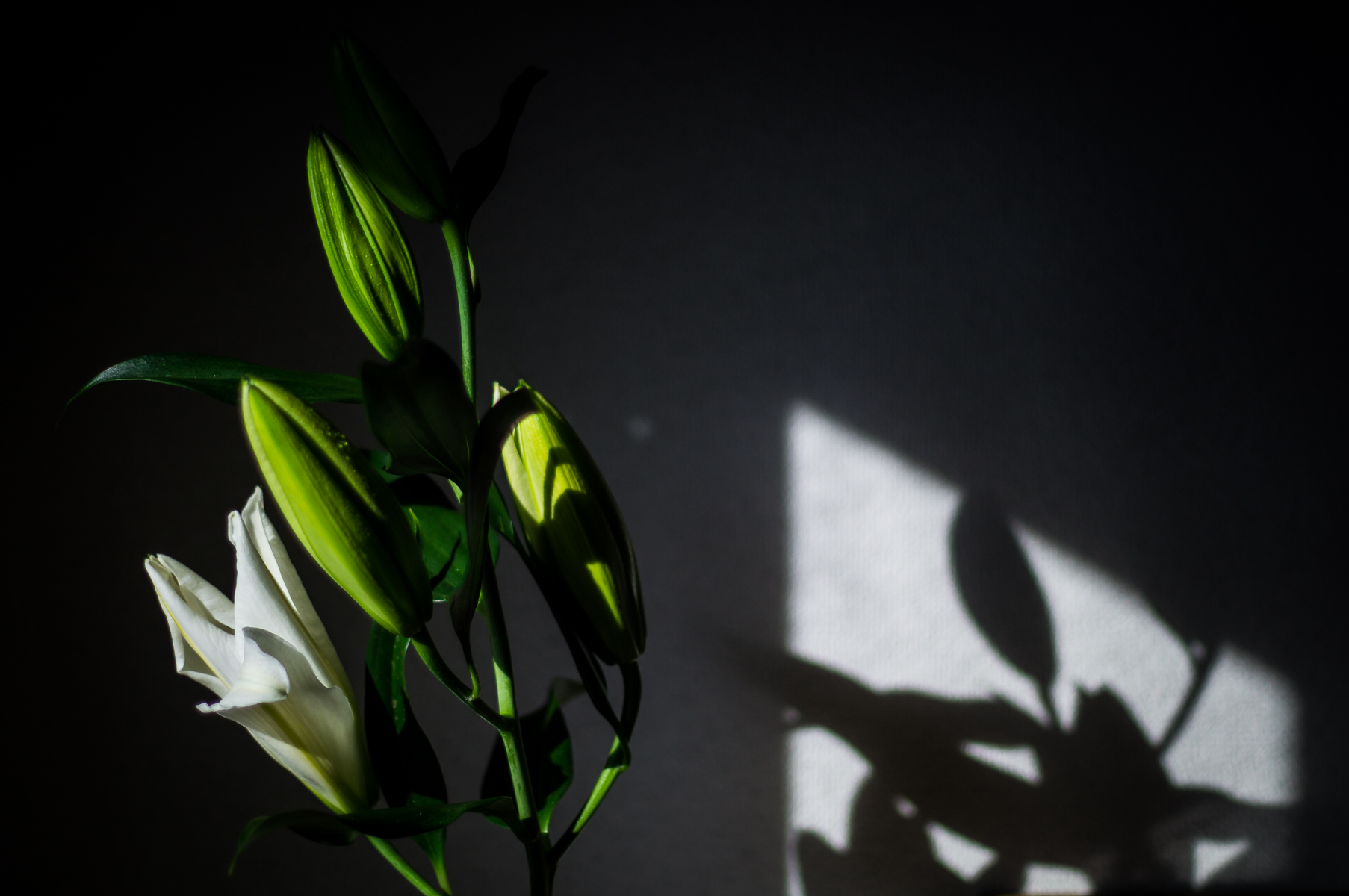
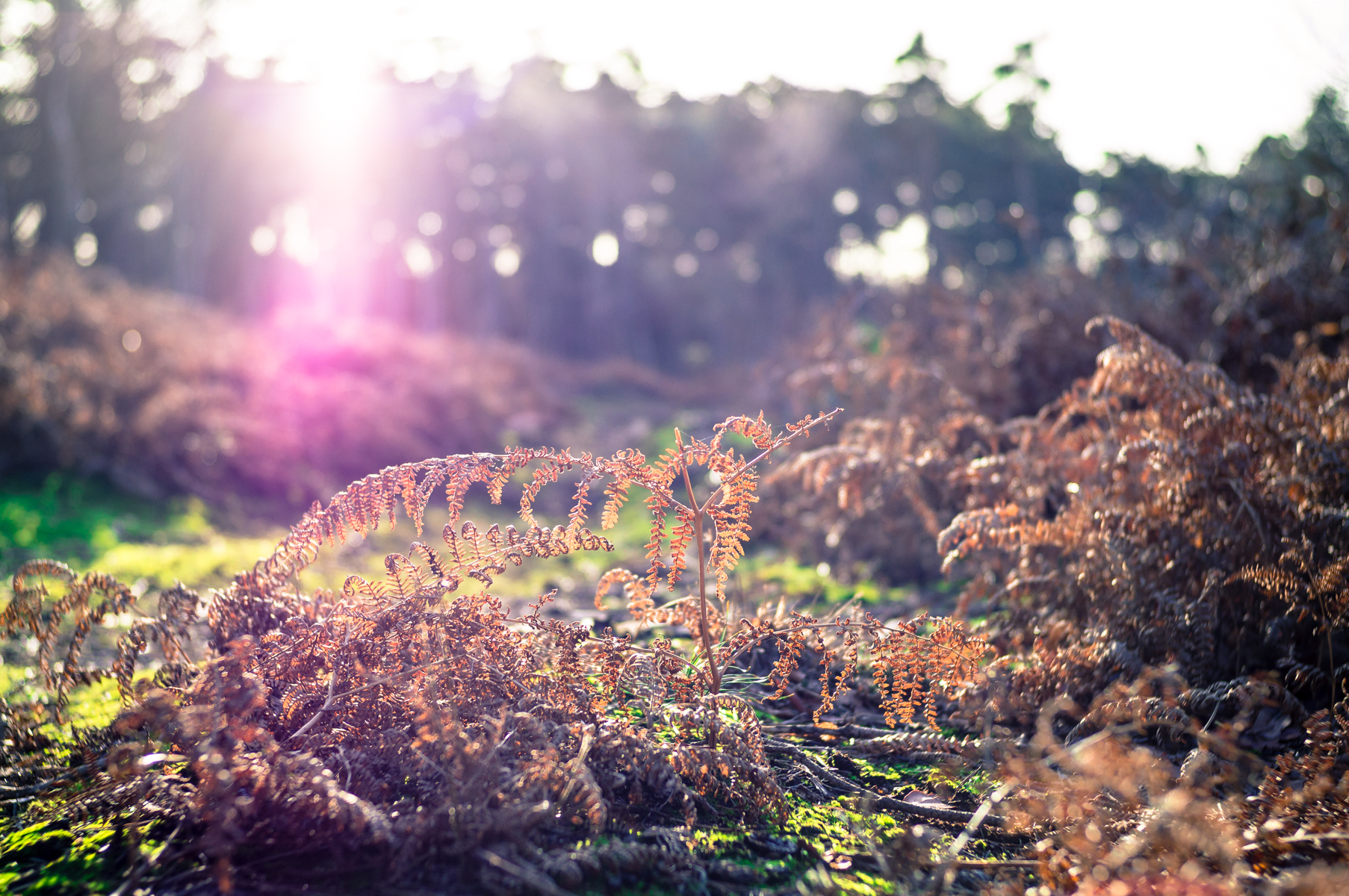
On full-frame (35mm format)

This changes things a lot, and all for the better. Not only had I become addicted to the ~63 degree angle of view offered by full-frame 35mm lenses (or their equivalents; i.e. 24mm on APS-C), but this lens completely changes on a full-frame sensor. Everything is enhanced. It appears sharper on the A7R than it did on the NEX-7, and the depth of field appears to be even thinner. Glorious bokeh right to the edges of the frame, and the swirl is even more pronounced. The lens was obviously made to use with 35mm film cameras, and a full-frame sensor does it fair justice. Due to the wider angle of view, the long MFD is less of an issue when composing an image; it tends to just work.




Compared to FE 35mm F2.8
With my A7R, I wanted a small, light, 35mm lens which I could use in lieu of my RX1. The FE 35/2.8 is quite a bit slower than the Nokton, but is lighter (g), has autofocus, and is weather-sealed. It also has little-to-no field curvature, making it a great landscape lens. It’s sharp across the frame and really shares nothing in common with the Nokton other than having a similar angle of view; reinforcing my point about the Nokton not being one’s only 35mm lens.


As is evident from the photos above, once you’ve added the correct adaptor and hood, the small-size benefit of the manual M-mount lens disappears.
Compared to RX1

The RX1 lens is superb. Clinically sharp, with perfect out of focus highlights, colour rendering, and Zeiss microcontrast. The lens is mated to the sensor, and cannot be separated without destroying the camera. Thus, one cannot really discuss the RX1 lens without the RX1 sensor.
And basically, for now, I will leave it there. An RX1 could be the only camera/lens you ever need. If you want the Nokton, then that’s your problem!

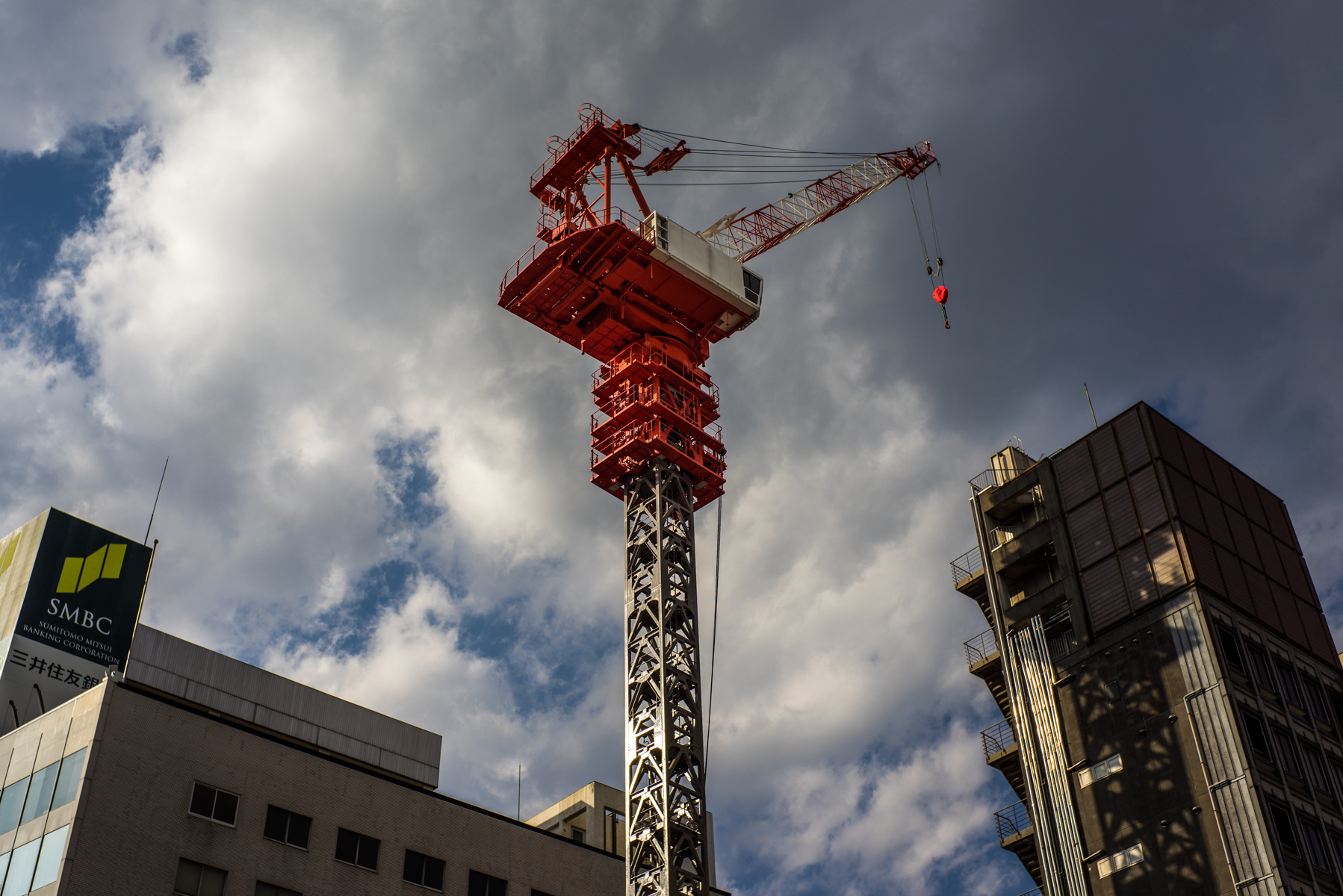

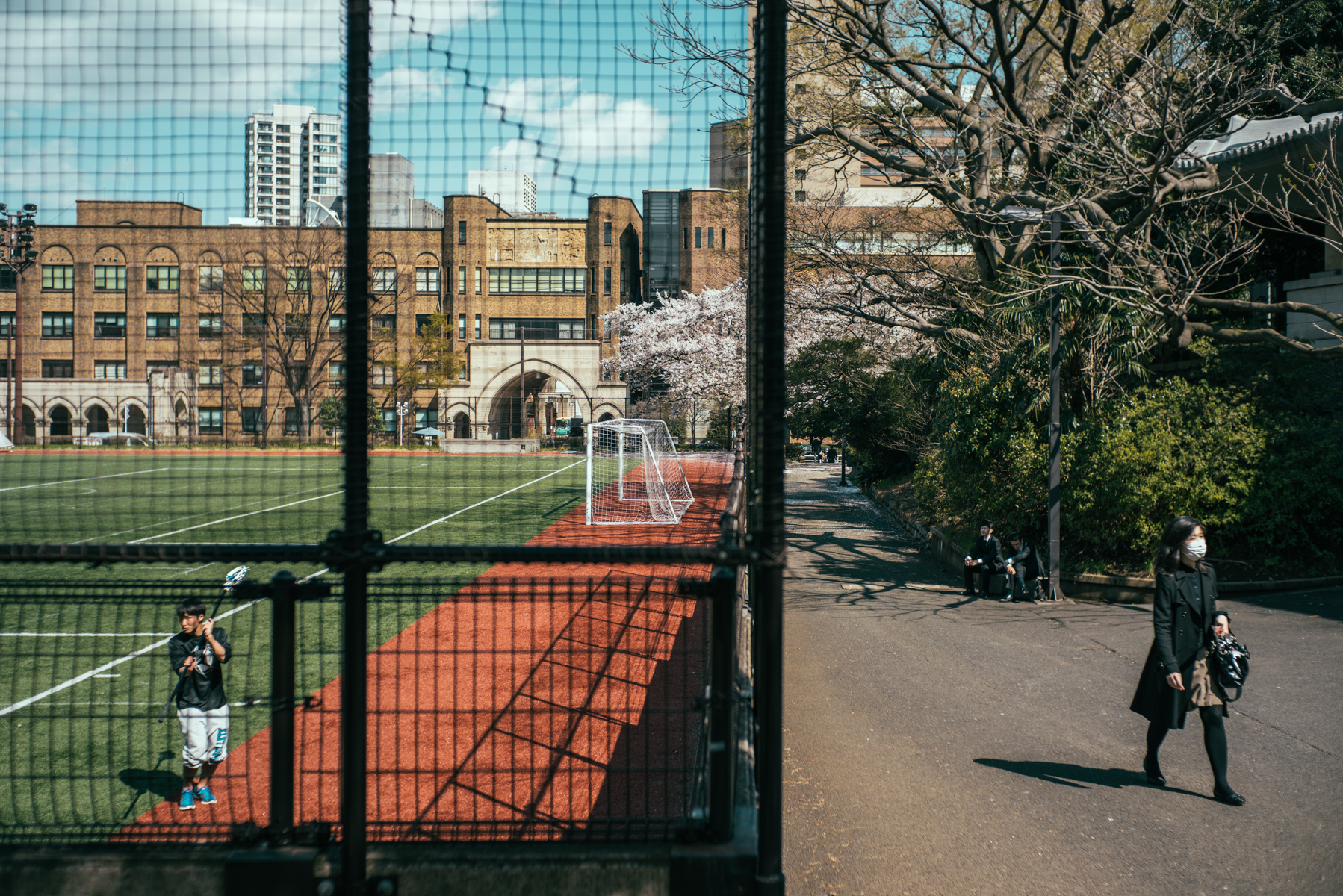
With close focus adaptor

This expensive, yet exquisitely made item from Cosina Voigtlander, is designed for their range of M lenses to be used on Sony E-mount cameras. It’s a perfectly dampened helicoid adaptor, which reduces the MFD of M-mount lenses as shown in this table.
I should really review this piece of metal separately, but for now, I will say that it’s a recommended purchase if you own one or more M-mount lenses. It mates perfectly with the Nokton, more than halving its MFD to just 28.8 cm. This means that you can get much closer to the action, though the wide aperture will mean that only a tiny portion of your image will be in focus, so use it sparingly!

Conclusions
I’d say that this lens works best for subject-in-environment portraits. For everything else, there may be better lenses, but this lens has its charm. In the original draft for this review, I had written that “this lens receives a mixed reception across the internet”, but I am not sure why I did so. I have hardly read any praise of this lens. Many articles either rubbishing it, or generally saying that it’s pretty crap; get a summicron. There are a few people dotted around, who pipe-up when prodded, and will say that they love the lens. As it’s not close to being technically perfect, I can understand why most people aren’t fond of the lens. If you have a bit more cash and don’t mind its colossal weight, the 35 mm F1.2 lens is definitely a superior optic by all accounts. It is a lot larger, and a lot heavier, and that’s part of the appeal of the 35/1.4. I think it’s a great lens for people shots, less so for landscape, and couldn’t recommend it as an all-round 35 mm lens, or a “daily driver”. If you buy this lens knowing about its foibles listed above, you’ll be doing so with your eyes wide open. Then you can enjoy using this lens wide open, as it was meant to be.
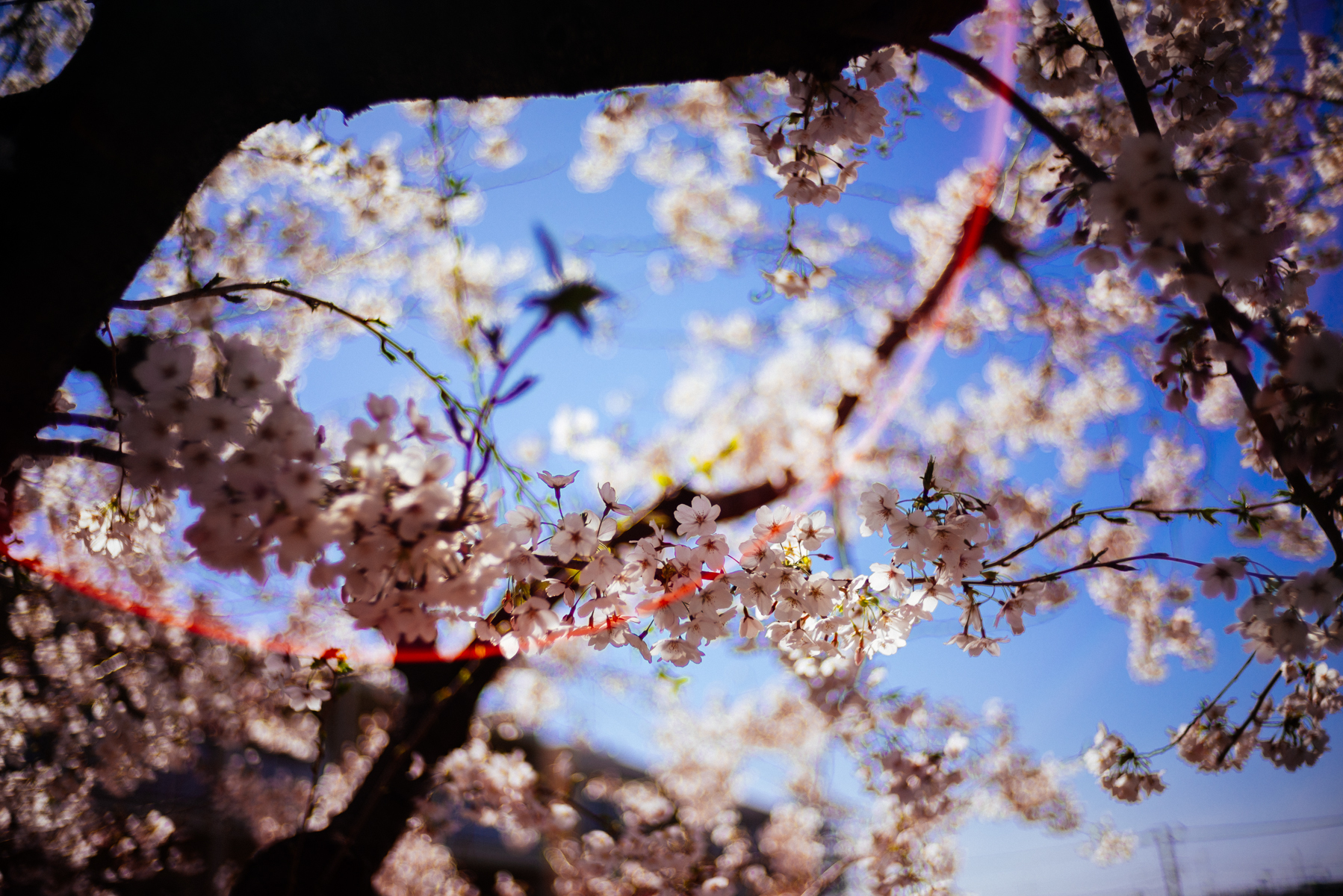
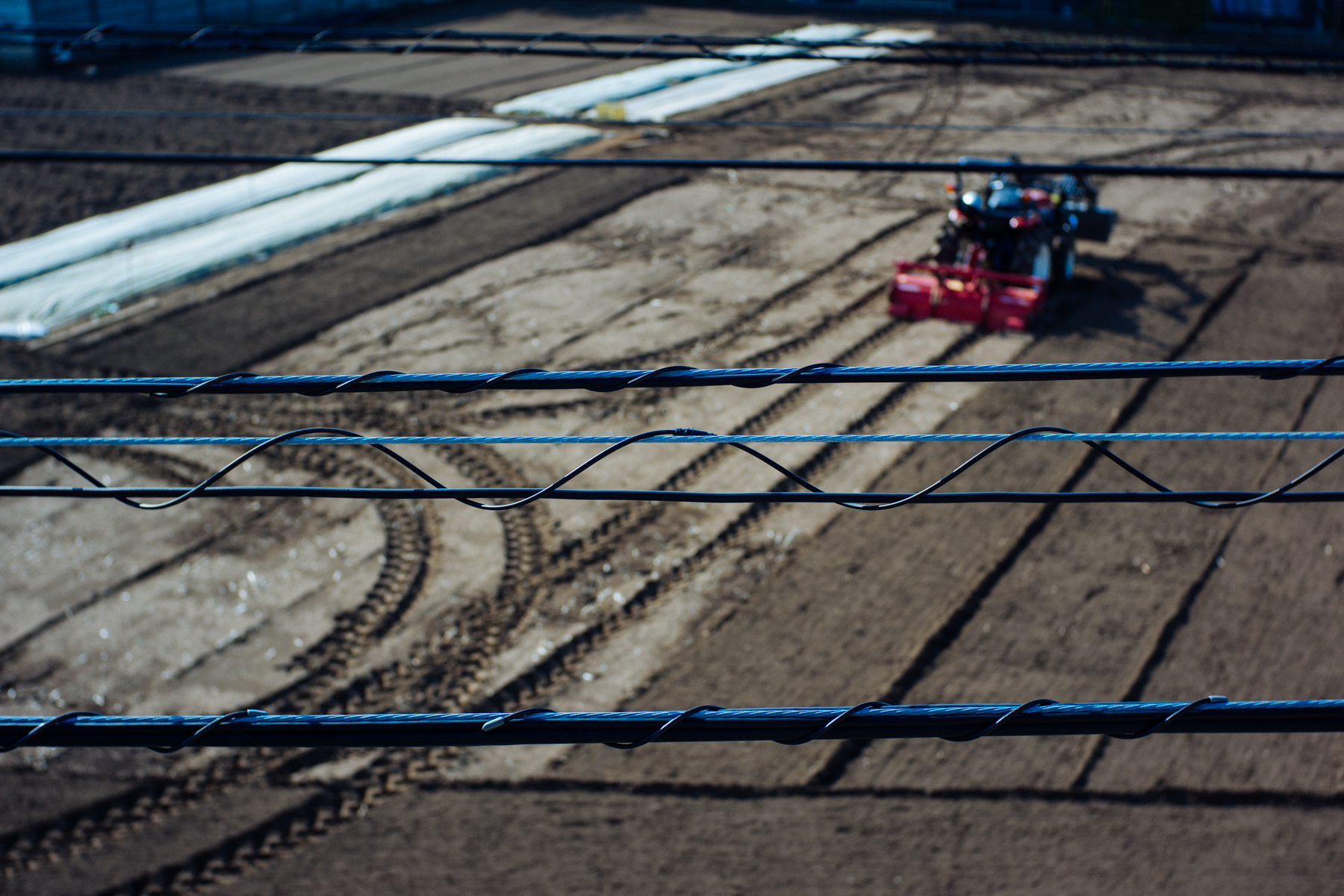
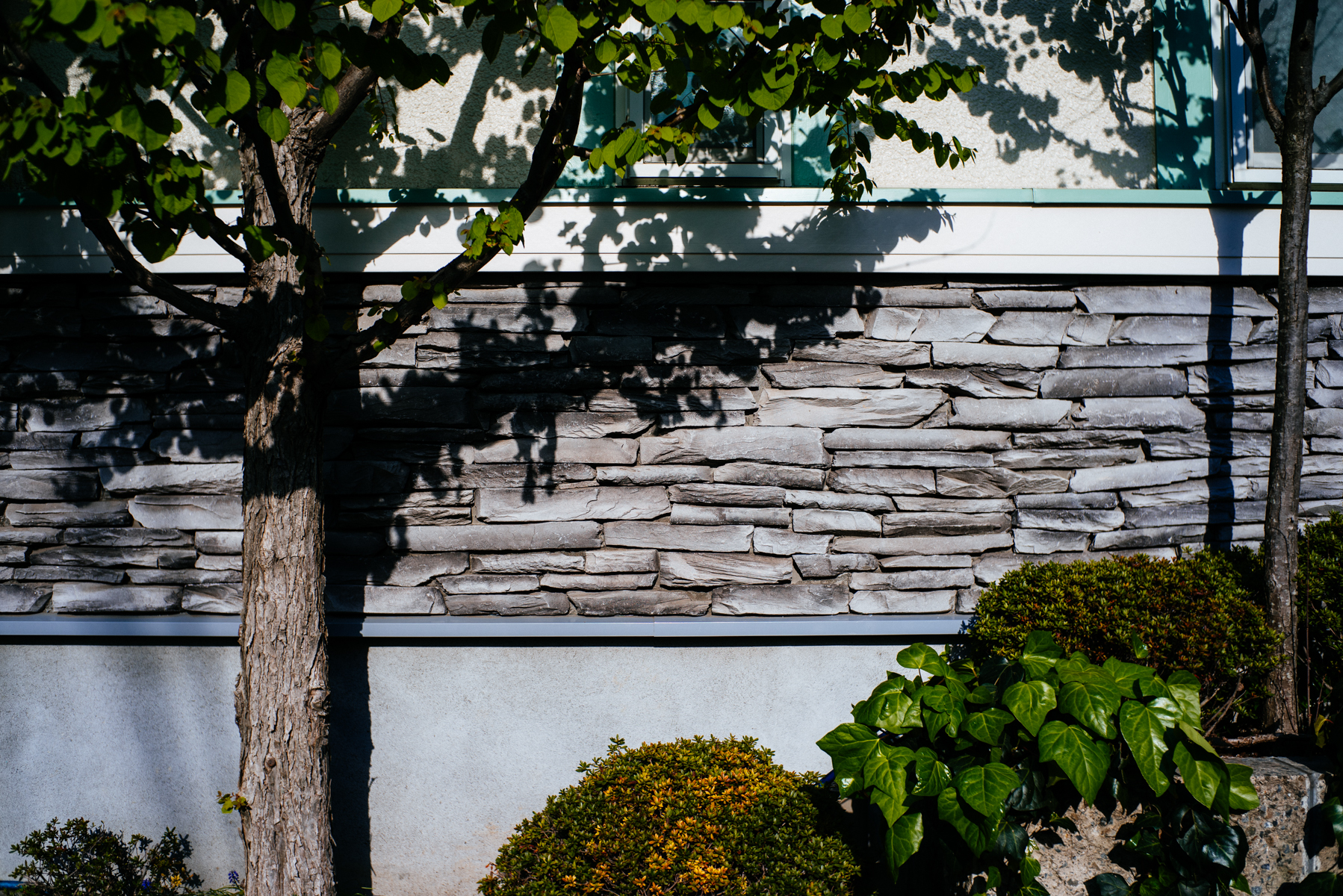
Affiliate Links_—get the lens here to support the site!_
Get the Voigtländer Nokton 35mm F1.4 on Amazon.co.uk
Get the Voigtländer Nokton 35mm F1.4 on eBay UK
If you liked this review/user report, consider purchasing one of the images from the “Prints” section of my website.

